Demon Slayer fans constantly debate how old is Muzan, and the answer might surprise you. This guide is perfect for anime enthusiasts, manga readers, and anyone curious about the series' most powerful antagonist.
Muzan Kibutsuji isn't your typical villain when it comes to age. While he looks like he's in his twenties or thirties, his actual age spans over a thousand years. This creates fascinating questions about his true nature and the experiences that shaped him into the demon king we know today.
We'll break down Muzan's canonical age according to the manga and anime timeline. You'll also discover how his youthful appearance masks centuries of existence, and we'll compare his incredible lifespan to other demons in the series. Get ready to explore the mind-boggling reality of Muzan's age and what it means for his role in Demon Slayer.
Muzan's Canonical Age in Demon Slayer
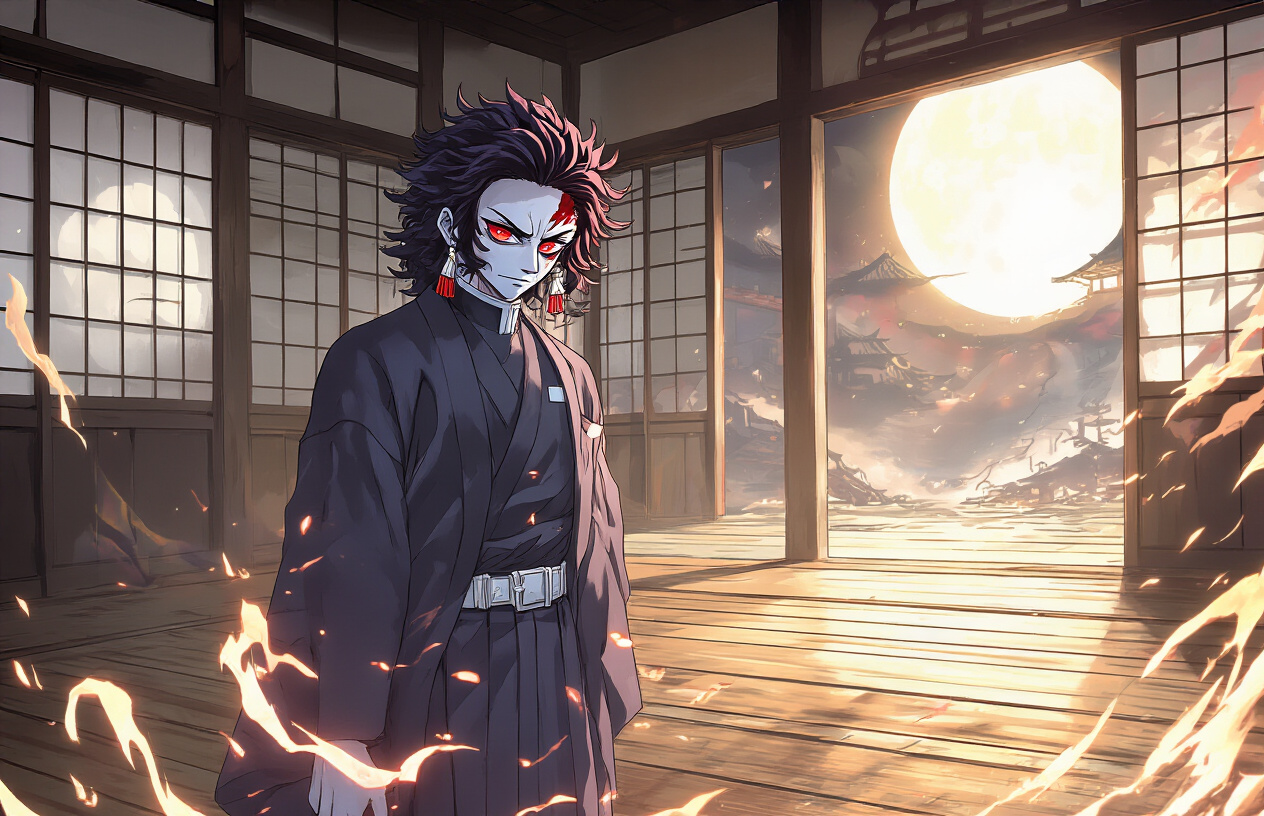
Official age stated in the manga and anime
Muzan Kibutsuji is officially stated to be over 1,000 years old in the Demon Slayer series. The manga and anime consistently reference his ancient origins, placing his exact age at approximately 1,000+ years by the time the main story takes place during Japan's Taisho period (1912-1926). This makes him the oldest demon in existence and the progenitor of all other demons in the series.
The creator Koyoharu Gotouge has confirmed through official sources that Muzan's age exceeds a millennium, though an exact birth year isn't specified down to the decade. His immense age becomes a crucial plot point throughout the series, as it explains his vast knowledge, accumulated power, and deep understanding of both human society and demon physiology.
Timeline of his transformation into a demon
Muzan's transformation into a demon occurred during Japan's Heian period, specifically around the late 10th to early 11th century. As a human, he suffered from a terminal illness that would have killed him before reaching age 20. A doctor attempting to save his life administered an experimental medicine derived from a rare blue spider lily flower.
The treatment initially appeared unsuccessful, and Muzan killed the doctor in a fit of rage, believing the medicine had failed. Only later did he discover that the treatment had worked beyond imagination - granting him immortality, supernatural strength, and demonic abilities, but also cursing him with an inability to survive in sunlight and an insatiable hunger for human flesh.
This transformation marked the beginning of his reign as the Demon King and his thousand-year quest to overcome his weakness to sunlight by either finding more blue spider lily flowers or creating a demon capable of conquering the sun.
Historical period when he became immortal
Muzan gained immortality during Japan's Heian period (794-1185), a time characterized by aristocratic culture, Buddhist influence, and relative peace. This era saw the rise of the Fujiwara clan's political dominance and the flourishing of classical Japanese literature and arts.
During this historical period, medical knowledge was limited, and many illnesses were considered death sentences. The experimental treatment Muzan received represented cutting-edge medicine for its time, involving rare botanical compounds that modern science might classify as supernatural or mythical.
Living through over ten centuries means Muzan witnessed Japan's transformation through multiple historical periods: the Kamakura period's rise of the samurai class, the Muromachi period's political upheaval, the Sengoku period's constant warfare, the Edo period's isolation and peace, the Meiji Restoration's modernization, and finally the Taisho period where the main story unfolds. His immortality allowed him to adapt to each era's social changes while maintaining his demonic nature and pursuing his ultimate goal of conquering sunlight.
Understanding Muzan's Physical Appearance vs Actual Age
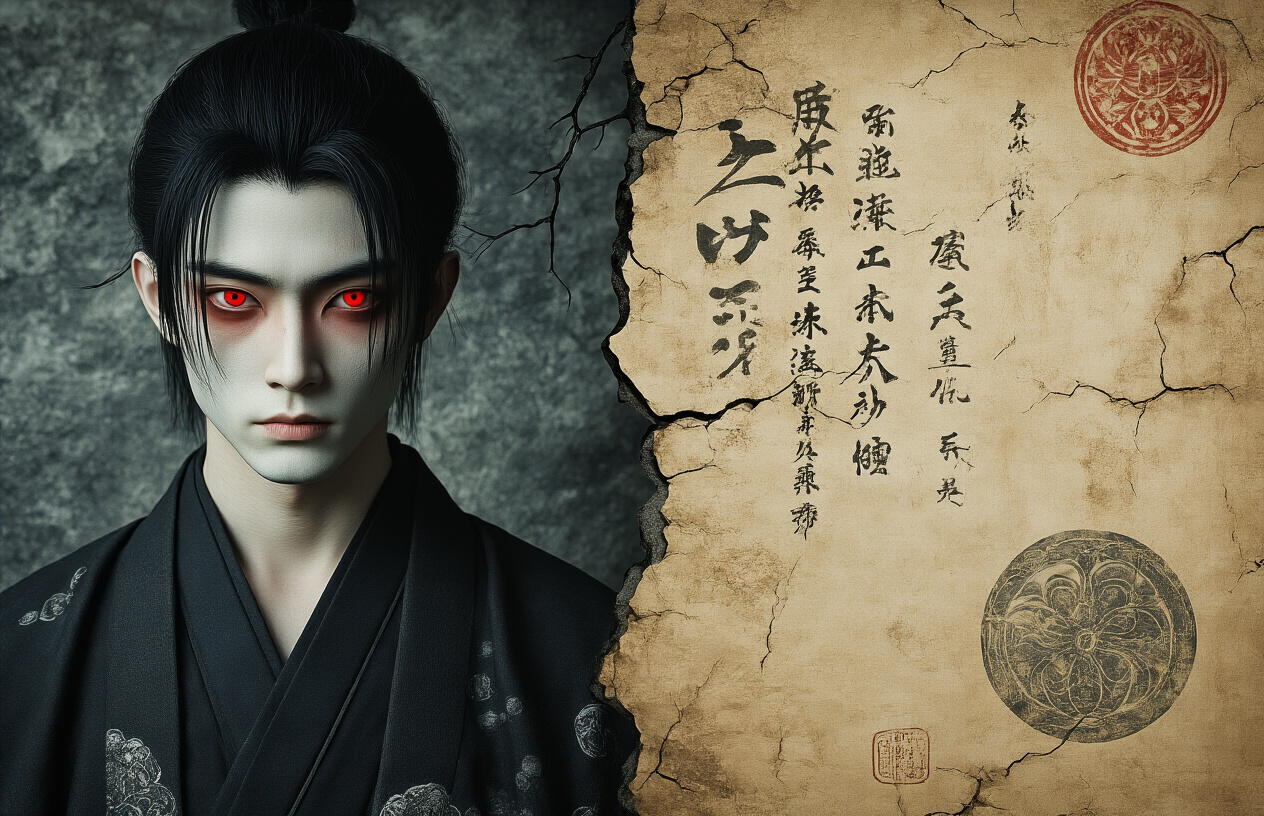
Why he maintains a youthful adult appearance
Muzan's appearance as a young, handsome man in his late twenties contradicts his actual millennium-long existence. This carefully maintained facade serves multiple purposes beyond mere vanity. His youthful appearance allows him to blend seamlessly into human society, operating businesses and maintaining his cover as a wealthy gentleman. The psychological advantage cannot be understated - humans naturally trust and feel comfortable around attractive, youthful individuals, making his manipulations far more effective.
His choice to appear as an adult rather than a child or elderly person reflects strategic thinking. Adults command respect and authority in human society, while his refined features and elegant bearing suggest wealth and sophistication. This appearance opens doors that would remain closed to other forms, granting him access to high society and influential circles where he can expand his power base.
His ability to alter his physical form at will
Muzan possesses unparalleled shape-shifting abilities that surpass every other demon in existence. He can completely transform his appearance, gender, age, and even body structure within moments. Throughout the series, he appears as different people entirely - from a sickly man to a woman with flowing black hair, demonstrating the fluid nature of his physical form.
These transformations aren't mere illusions or surface changes. Muzan can alter his bone structure, muscle mass, height, and even create entirely different facial features. His cells restructure themselves at the molecular level, making these changes completely authentic. He can even mimic specific individuals with perfect accuracy, copying not just their appearance but their mannerisms and speech patterns.
The speed of these transformations reflects his mastery over his demonic biology. While other demons might struggle with minor changes, Muzan shifts between forms as easily as changing clothes. This ability has kept him hidden from demon slayers for centuries, as witnesses can never provide consistent descriptions of his appearance.
Connection between demon physiology and aging
Demon physiology fundamentally differs from human biology in ways that make traditional aging impossible. When humans become demons, their cellular structure undergoes a complete transformation that halts the aging process entirely. Their cells no longer deteriorate over time, and their DNA remains locked in its current state, preventing the gradual breakdown that causes human aging.
Muzan's blood, which creates all demons, contains properties that essentially grant biological immortality. This blood rewrites the recipient's genetic code, replacing human limitations with supernatural resilience. Demons don't accumulate the cellular damage that leads to wrinkles, gray hair, or physical deterioration. Their regenerative abilities constantly repair any minor damage before it can manifest as aging signs.
The relationship between a demon's power level and their control over aging varies significantly. While all demons stop aging upon transformation, stronger demons like Muzan can actively manipulate their appearance to seem older or younger than their transformation age. Weaker demons remain frozen at whatever age they were turned, lacking the power to alter their fundamental appearance. This creates a hierarchy where the most ancient and powerful demons can choose how they present themselves to the world.
Muzan's Life Span Compared to Other Demons
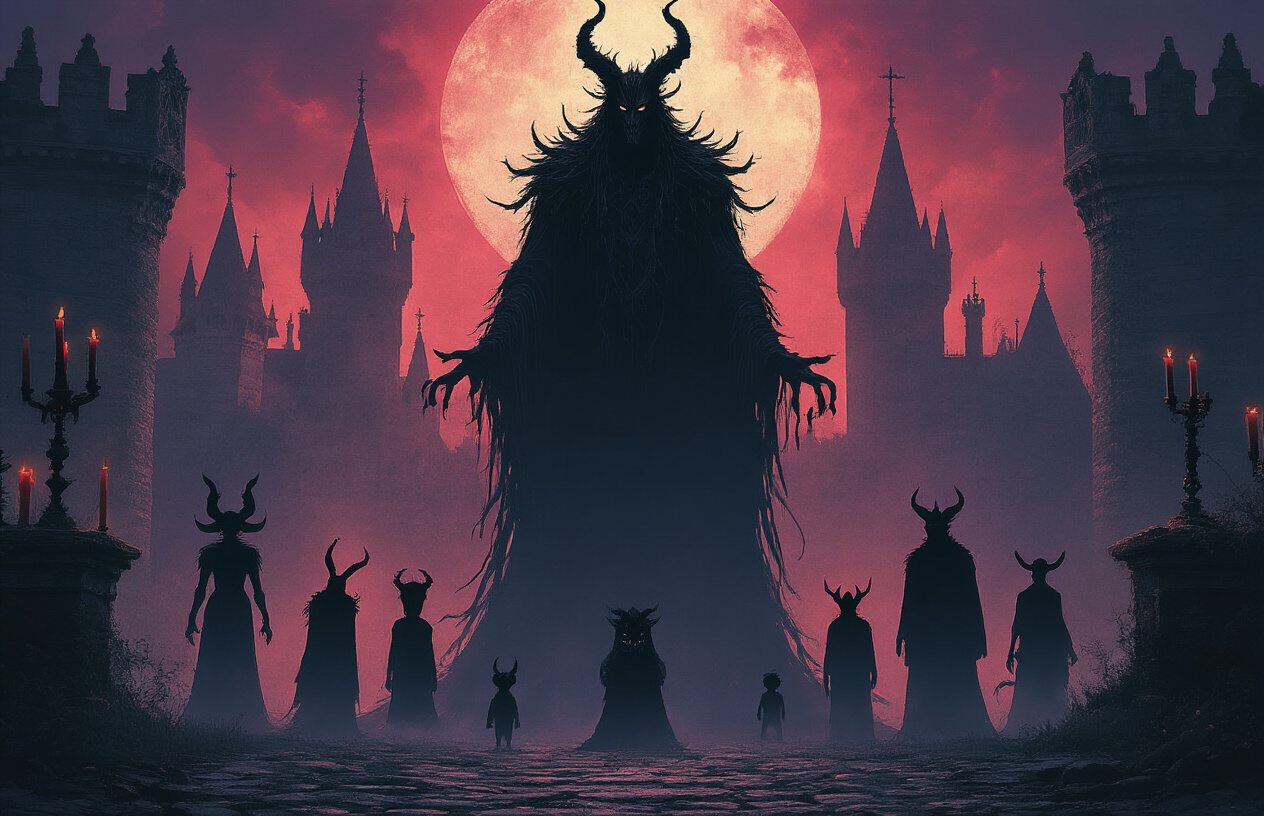
Age Differences Between Muzan and Upper Moon Demons
The massive age gap between Muzan and the Upper Moon demons reveals just how ancient the original demon really is. When examining how old is Muzan compared to his strongest subordinates, the differences are staggering. Kokushibo, the Upper Moon One and arguably the oldest of the Upper Moons, lived for approximately 400-500 years as a demon. Akaza transformed roughly 200 years before the main events of the series, while Douma became a demon around 100-150 years prior.
These centuries pale in comparison to Muzan's millennium-long existence. The Upper Moon demons, despite their incredible power and longevity, are essentially infants when measured against their creator's timeline. This age disparity becomes even more pronounced when considering that some Upper Moons like Gyutaro and Daki lived less than 100 years as demons before their defeat.
| Demon | Approximate Age |
|---|---|
| Muzan | 1,000+ years |
| Kokushibo | 400-500 years |
| Akaza | ~200 years |
| Douma | 100-150 years |
| Gyutaro & Daki | ~100 years |
How His Age Establishes His Power Hierarchy
Muzan's extraordinary age directly correlates to his absolute dominance over all other demons. Each century of existence has allowed him to refine his abilities, accumulate knowledge, and develop strategies that younger demons simply cannot match. His thousand-year head start means he's encountered and overcome challenges that other demons haven't even imagined.
The power hierarchy in the demon world operates on an age-based system where older demons naturally possess greater strength and abilities. Muzan sits at the apex of this system not just because he created other demons, but because his extended lifespan has granted him unparalleled experience and power accumulation. The Upper Moons, despite their impressive abilities, remain bound by the limitations of their relatively shorter existences.
This age advantage manifests in Muzan's complete control over demon physiology. He can terminate any demon's life instantly, alter their bodies, read their thoughts, and track their locations regardless of distance. These abilities stem from centuries of practice and evolution that younger demons simply haven't had time to develop.
Longevity Advantages of Being the Original Demon
Being the first demon grants Muzan unique advantages that extend far beyond simple age. His original transformation created the template for all demon biology, making him the most refined and evolved version of his species. While other demons struggle with sunlight vulnerability and the need to consume human flesh, Muzan has had centuries to adapt and minimize these weaknesses.
The original demon's longevity allows for strategic thinking on a scale impossible for younger demons. Muzan can plan operations spanning decades, manipulate human society across generations, and build networks of influence that persist through centuries. His memories contain knowledge of historical events, scientific developments, and social changes that give him tremendous advantages in the modern world.
This extended existence also means Muzan has survived countless demon slayers, natural disasters, and societal upheavals. Each survival experience has taught him new methods of evasion, combat, and adaptation. The cumulative effect of these lessons makes him virtually impossible to defeat through conventional means, as he's already encountered and overcome most strategies that could be used against him.
Historical Events Muzan Witnessed Throughout His Life
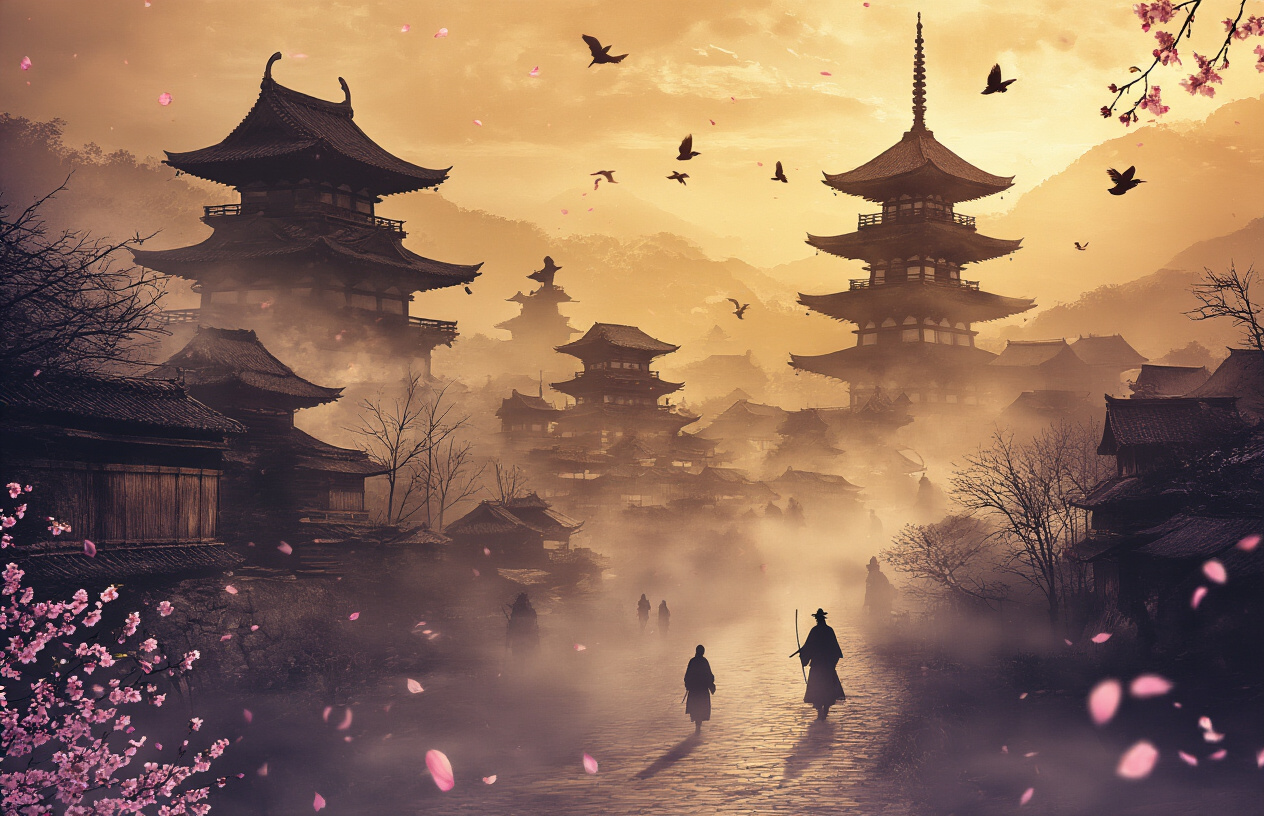
Major Japanese historical periods he lived through
Muzan's extraordinary lifespan means he witnessed Japan transform from a feudal society into a modern industrial nation. Born during the Heian period (794-1185), he experienced the rise and fall of the Kamakura shogunate, lived through the turbulent Sengoku period with its constant warfare, and saw the establishment of the Tokugawa shogunate's 250-year reign of peace.
The demon king survived major conflicts including the Genpei War, the Mongol invasions of 1274 and 1281, and countless regional battles that shaped Japan's political landscape. He witnessed the arrival of Portuguese traders and Jesuit missionaries in the 16th century, marking Japan's first significant contact with Western civilization.
| Historical Period | Years | Major Events Muzan Witnessed |
|---|---|---|
| Heian | 794-1185 | Rise of samurai class, Tale of Genji era |
| Kamakura | 1185-1333 | Mongol invasions, warrior government |
| Muromachi | 1336-1573 | Civil wars, cultural flourishing |
| Sengoku | 1467-1615 | Constant warfare, unification attempts |
| Edo | 1603-1868 | Isolation policy, urban development |
| Meiji | 1868-1912 | Western modernization, industrial revolution |
Cultural and societal changes he experienced
Throughout his millennium-long existence, Muzan observed dramatic shifts in Japanese culture, religion, and social structure. He saw Buddhism and Shintoism evolve from competing philosophies into complementary belief systems. The rigid class system of samurai, farmers, artisans, and merchants became deeply entrenched during his lifetime, only to crumble during the Meiji Restoration.
Muzan witnessed the transformation of warfare from mounted archery and sword combat to firearms and modern military tactics. He experienced the golden age of traditional arts - watching Noh theater develop, seeing the perfection of tea ceremony, and observing the emergence of kabuki and bunraku. The demon also lived through Japan's self-imposed isolation during sakoku, when the country cut itself off from most foreign contact for over two centuries.
How his extended lifespan influenced his worldview
Living for over a thousand years gave Muzan a unique perspective on human nature and societal patterns. He watched empires rise and fall, saw countless wars fought over the same territories, and observed how quickly humans forgot their own history. This extensive experience bred a deep cynicism about human potential and reinforced his belief in his own superiority.
Muzan's worldview became increasingly detached from human concerns. While mortals worried about immediate threats and short-term gains, he could afford to think in centuries. This long-term perspective made him both more patient in his schemes and more ruthless in his methods. He understood that human memory was short, allowing him to disappear and reinvent himself repeatedly without detection.
His extended lifespan also fostered an intense fear of death that drove his relentless pursuit of immortality perfection. Having lived so long, the prospect of losing his existence became unbearable, making him increasingly paranoid and violent toward any perceived threats.
Impact of modernization on his demon activities
The Meiji period's rapid modernization presented both opportunities and challenges for Muzan's demon operations. Gas lighting, telegraph systems, and improved transportation networks made it easier for him to coordinate his demon network across Japan. Modern medicine and scientific thinking, however, posed new threats as people began seeking rational explanations for mysterious deaths and disappearances.
Urbanization created perfect hunting grounds with dense populations and anonymous city life, but also brought increased police presence and record-keeping that made his activities more traceable. The introduction of photography was particularly problematic, as it could potentially document his unchanging appearance across decades.
Muzan adapted by embracing modern technology and Western fashion, using his wealth to blend into Japan's emerging upper class. He established legitimate business fronts and learned to manipulate modern communication systems to his advantage, showing remarkable adaptability despite his ancient origins.
Muzan's Age-Related Powers and Abilities
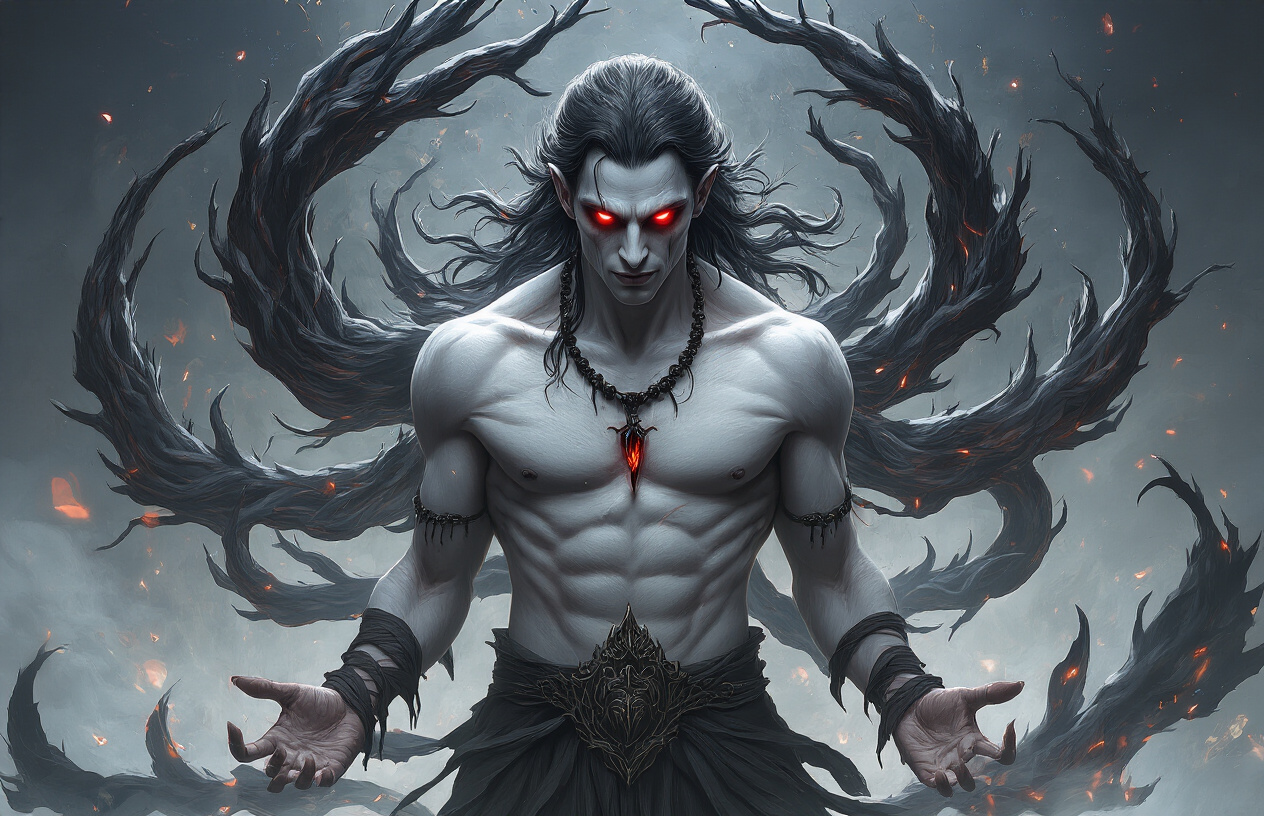
Centuries of accumulated combat experience
Muzan's incredible age of over 1,000 years has transformed him into the most formidable fighter in the Demon Slayer universe. Unlike younger demons who rely on raw power or instinct, Muzan has refined his combat abilities through countless battles across multiple centuries. His fighting style incorporates techniques and strategies developed over generations of conflict with demon slayers, other demons, and various threats.
This vast experience manifests in his ability to instantly adapt to any opponent's fighting style. Where a typical demon might take time to analyze an enemy's patterns, Muzan recognizes similar techniques from battles fought decades or centuries ago. His muscle memory contains hundreds of defensive maneuvers, counter-attacks, and killing techniques that most demons never live long enough to master.
The sheer volume of opponents Muzan has faced means he's encountered virtually every type of breathing technique, weapon style, and combat strategy that demon slayers have developed. This encyclopedic knowledge of combat makes him nearly unpredictable in battle, as he can seamlessly switch between fighting styles depending on what his opponent least expects.
Knowledge and skills gained over multiple lifetimes
Beyond combat, Muzan's extended lifespan has allowed him to accumulate knowledge across multiple human lifetimes. He's witnessed the rise and fall of entire civilizations, observed technological advancement firsthand, and adapted to changing social structures throughout Japanese history. This broad perspective gives him insights that no human or younger demon could possess.
His understanding of human psychology runs incredibly deep after observing human behavior for over a millennium. Muzan can manipulate people with surgical precision because he's seen every type of human personality, fear, and desire play out across generations. He knows exactly which psychological pressure points to exploit in different situations.
The demon king has also mastered various skills and crafts throughout his existence. He's had time to perfect everything from traditional arts to modern business practices. His ability to blend into human society so seamlessly stems from this accumulated cultural knowledge. Muzan understands social customs, language evolution, and behavioral norms across different eras, making him a master of disguise and infiltration.
Strategic advantages of his extended existence
Muzan's age provides him with unparalleled strategic thinking capabilities. He operates on timescales that humans simply cannot comprehend, planning schemes that might take decades to unfold. While demon slayers think in terms of immediate threats and short-term victories, Muzan considers long-term consequences and generational impacts.
His patience, honed over centuries, allows him to wait for perfect opportunities that others would miss. He's learned that rushing leads to mistakes, so he's willing to spend years or even decades setting up the ideal conditions for his plans. This long-term perspective makes him incredibly dangerous because he can sacrifice short-term gains for massive long-term advantages.
The network of connections and influence Muzan has built over his extended life creates strategic advantages that younger beings cannot match. He's had time to place assets in key positions throughout society, create multiple backup plans, and establish contingencies that span generations. His web of influence extends far beyond what any human organization could achieve in a single lifetime.

Muzan Kibutsuji stands as one of anime's most fascinating characters when it comes to age and longevity. Over his thousand-year existence, he's lived through countless historical periods, witnessed the rise and fall of civilizations, and accumulated power that far exceeds any other demon in the series. His youthful appearance masks centuries of experience, making him a truly unique antagonist who combines the wisdom of ages with the ruthless ambition of someone who refuses to accept mortality.
What makes Muzan's age so compelling is how it directly connects to his abilities and motivations. Every century he's lived has made him stronger, more cunning, and more desperate to achieve his ultimate goal of conquering the sun. His age isn't just a number - it's the foundation of everything that makes him terrifying. For fans diving deeper into Demon Slayer lore, understanding Muzan's true age helps explain why he's such a formidable opponent and why his defeat required such extraordinary circumstances.

0 Comments